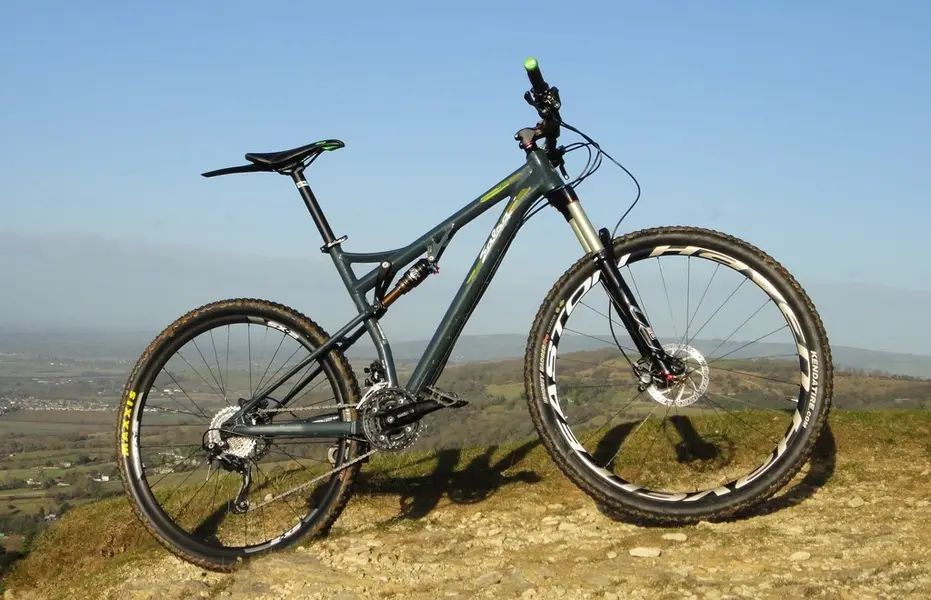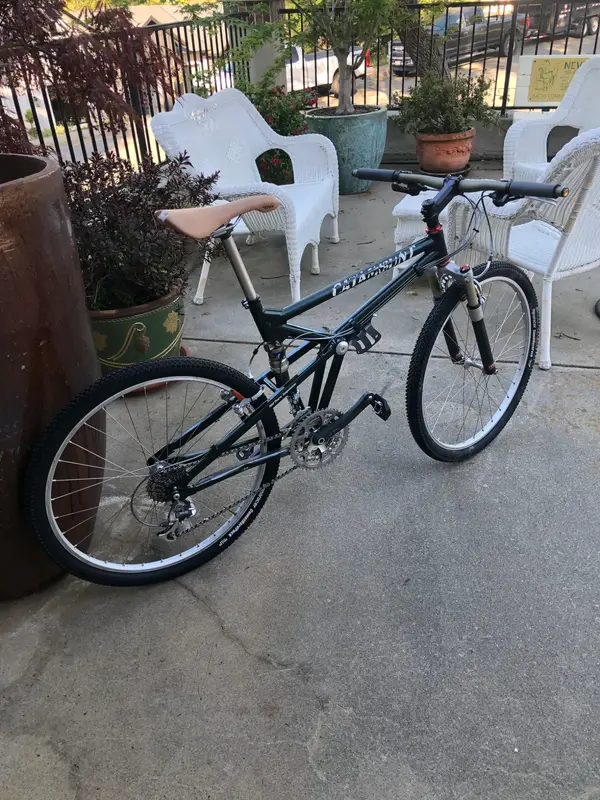29ers are too big to do the technical switchbacks on (with any kind of flow). The course was probably laid down in 26 era …
They’re not, you were just trying to turn it like the 26” wheeled bike you’ve always ridden. Modern geometry will be as much to blame as the wheel size.
Riding a Retrobike is all about keeping your weight rearwards to stop yourself going OTB.
Modern bikes need much more weight over the front. Takes getting used to, but once you do there is so much confidence to be taken from sticky tyres, good brakes and suspension that works. Watch current XC racers and tell me again that 29ers don’t corner fast.

